Limelight dancefloor. Photo by Steven Lungley. All rights reserved.
Article originally published July 27, 2012 by The Grid online (thegridto.com).
As the Entertainment District grew more sophisticated in the 1990s, this proudly shabby and unpretentious nightclub drew crowds by the thousands each week to a sleepy stretch of Adelaide.
BY: DENISE BENSON
Club: Limelight, 250 Adelaide St. W.
Years in operation: 1993-2003
History: Before the Entertainment District became synonymous with dance clubs, the well-worn brick building at 250 Adelaide St. W. was home to businesses including a print shop and Old Favorites Books.
Located near the corner of Duncan, the building was spotted by businessman Zisi Konstantinou, who saw its potential as a club space. Richmond Street east of Spadina was already attracting large weekend crowds in the early 1990s, thanks to venues like Charles Khabouth’s pioneering Stilife and the Ballinger brothers’ hotspot Go-Go, which later became Whiskey Saigon. Adelaide east of Spadina was not yet a dancer’s destination.
Konstantinou’s next smart move was to hire Boris Khaimovich as general manager of his club-to-be. Khaimovich—who’d worked the door and managed at Toronto clubs including The Copa, Boom Boom Room, and Go-Go, brought his vision to the project—and was Limelight’s guiding light for eight of its 10 years.
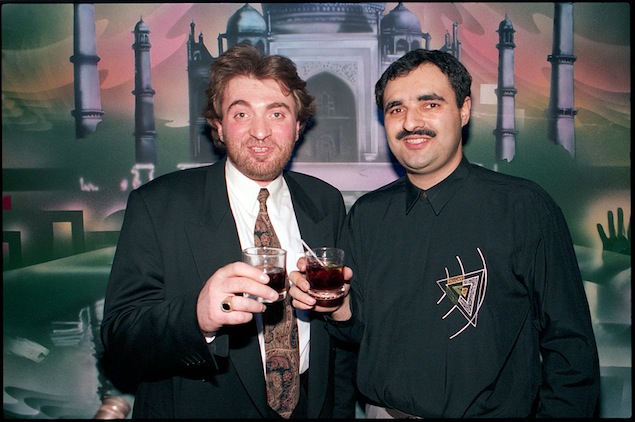
Boris Khaimovich (left) and Zisi Konstantinou at Limelight. Photo © by Steven Lungley. All rights reserved.
“Zisi hadn’t owned a club before,” explains Khaimovich over the phone from his Port Hope home. “His dad had a strip club in Cambridge, but Zisi didn’t yet know much about the nightclub business. I came out of Ballinger organizations where you very much speak your mind because, if you don’t, you’ll just get eaten—because those guys see through bullshit.
“I came in to meet with Zisi about six weeks before the club opened. He told me what he wanted to do, and I said, ‘The concept you have just won’t work.’ Everybody who opens up a club for their first time thinks they’ve just reinvented the wheel. So their club is going to be for high-end crowds, with a dress code, with a $20 cover charge for people to come in. I said, ‘Let’s not do that. Let’s not be silly.’ My argument has always been that I’d rather take a little bit of money for a long time than take a lot of money in the short term.”
Khaimovich got it right. Limelight opened on March 10, 1993 and the crowds grew steadily over its first year. The club’s dress code was dropped during that time, cover charge and drinks were deliberately affordable, and staff was hired to reflect the fact that Limelight had no pretensions of being anything other than a fun, friendly social spot.
“I didn’t want to be a shooting star and just come and go quickly,” Khaimovich stresses. “I never wanted to be the coolest club—I’d seen what happened to Go-Go. The entire mentality behind Limelight was to be like a comfortable pair of jeans.”
Why it was important: Limelight’s attitude-free “Give the customer what they want” approach brought tens of thousands annually through its huge metallic, garage-door façade.
“Those garage doors were fake,” chuckles Khaimovich about the famous entranceway. “Zisi bought everything at auctions so whatever he bought, we had to find a way to make it fit. He must have gotten a deal on galvanized siding so we put [the doors] up on the outside of the bottom two floors of the club. He found toilets at yard sales and auctions too, so we always had mismatched toilets.”
Aesthetically, Limelight was the antithesis of slick. The club’s two levels—initially there was a dancefloor level and balcony overlooking it—were painted with blues, reds and greens, and featured a whole lot of stools and wood banquettes upholstered in black vinyl. Enormous murals painted by artist Marc Sorozan were black-lit for a 3-D effect. Wearing black clothing at Limelight meant every bit of lint you carried would be revealed.
The club also boasted “the biggest mirror ball in the city at that time,” according to Khaimovich. It nicely complemented Limelight’s advanced, intelligent lighting system and thundering, crystal-clear sound.
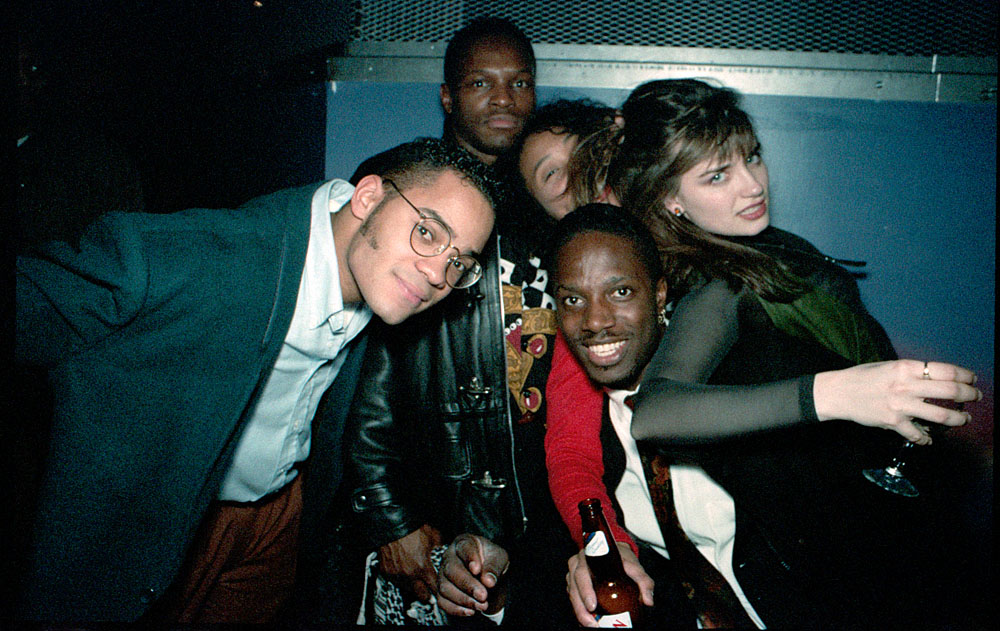
Boxer Donovan Boucher (at back) and friends at opening night. Photo by Steven Lungley. All rights reserved.
Part of Limelight’s appeal was its size. With an initial legal capacity of 650 people—1,100 after the club expanded to three floors and added its popular rooftop patio—you could always find a spot to call your own, even as the crowds grew larger than the club could allow.
“During our peak years—say years three, four and five—we were the third volume beer seller in Ontario,” says Khaimovich. “The only places that were ahead of us were SkyDome and Maple Leaf Gardens.”
During these years, Limelight operated six nights per week, with a popular fetish party run monthly on Tuesdays by Boris and Madame X bringing the club’s total to an exhausting 28 open nights monthly. The programming was wildly eclectic, ranging from commercial weekends and meat-market university nights to rock, rave, retro. and gay weeklies.
Konstantinou brought in Peter Ivals a.k.a. Peter the Greek—a club and rave mainstay who also DJed within Greek-community party circles—to anchor the high-energy Saturday nights, which he did for Limelight’s entire duration. Khaimovich booked DJ James St. Bass, a known talent from Boom Boom Room, Go-Go, and OZ to hold down Friday nights.
“Of all the club residencies I ever had, Limelight was the most challenging to play,” the man also known as James Vandervoort tells me. “The owner was pretty picky about who he wanted in the club, so it was very geared to commercial dance music on weekends. At the time, that meant Euro-dance as well as popular house: think Snap!, Haddaway, Culture Beat, and Ace of Base. I didn’t care for this sound personally, but the crowd loved it.”
Vandervoort recalls playing favourites like Jam & Spoon’s “Right in the Night” alongside whatever disco, underground house, rock, rave, and Prince he could get away with.
“I was there to entertain, and make people dance,” says Vandervoort. “And I did. It was worth it for the sound system and the hard-partying people. The energy in Limelight could be extraordinary. Fridays were very successful; I would show up to open at 9 p.m. and the crowd would be lined up down the street.”
In addition to DJing Fridays for Limelight’s first two years, Vandervoort held down a number of other roles at the club. Conveniently, he lived in a studio space across the street—“so I’d get a busboy to help me carry crates home”—and could easily slip over to bartend or DJ on various nights, including the gay Wednesdays promoted by Eric Robertson during Limelight’s first year.
“The format was different from a regular club night, and completely different for the gay scene,” recalls Robertson by email. “It was more like a weekly rave. All the best DJs wanted to play.”
It helped that Robertson had connections in both worlds. He’d go-go danced at popular boy weeklies in venues like Boom Boom, Go-Go, and The Phoenix, had thrown underground parties at spots including the Sears Warehouse, and worked with people including Don Berns a.k.a. Dr. Trance and Claudio from Pleasure Force and Atlantis to produce a range of raves.
His Wednesday weekly featured an impressive array of DJs, including St. Bass, Dr. Trance, Alx of London, Dino and Terry, David Cooper, Matt C, Mitch Winthrop, Barry Harris, John E, and Deko-ze.
“It was the mix of DJs that really made it work,” says Robertson. “The rave scene was peaking and the gay clubs were not very exciting. Ravers appreciated a nice club. Gays love a good sound system. Win-win. I loved the mix of the glow-stick kids and men with their shirts off!”
The night eventually gave way to PURE Wednesdays (more on this to come), but helped establish Limelight as far more than a typical commercial club. Also to that end, DJ Iain’s Childhood’s End Sundays—later re-branded as Primal Vision—was a signature night that ran for a full seven years.
Iain McPherson is one of this city’s great pioneering forces in the meeting of alternative, industrial, and electronic sounds. Though he held down weekly residencies for the better part of two decades at clubs including Nuts & Bolts, The Copa, OZ, Catch 22, Lizard Lounge, and Empire Dancebar, McPherson never got stuck in a rut. He always looked forward and mixed beautifully between new wave, new beat, synth-pop, industrial, techno, Manchester indie-dance, hip-hop, and more. Sundays at Limelight was his final DJ residency, and the one at which he played most across-the-board.
“I was once told by a fellow DJ, Terry ‘TK’ Kelly, that I had been able to carve out a unique space for myself because I had one foot in the guitar world and another in that of the disco,” says McPherson. “Such diversity has become quite commonplace now, but I don’t think there were that many jocks doing so back then. Nights were either Top 40 or pretty heavily themed.
“Sundays at Limelight attracted one of the most diverse, open-minded crowds musically that I have experienced. They would happily get down to any of Ministry, White Zombie, Prodigy, The Orb, Primal Scream, Massive Attack, or Bjork. If we got them really wound-up, they would body surf to Metallica, and then I could pull a complete left turn and drop Tom Jones’ ‘It’s Not Unusual‘ or Leo Sayers’ ‘You Make Me Feel Like Dancing.’ They were so much fun to play for!”
Sundays also grew from initial audiences of 100 to 1,500 or more on long weekends, thanks to the promotional efforts of James Kekanovich. Today’s promoters, who may just rely too heavily on Facebook and social media, should take note.
“As Iain’s promoter, over the years I distributed approximately one million invitations for Sundays at Limelight, with most of these extended on a face-to-face basis at concerts and raves,” says Kekanovich, also sharing a favourite Limelight memory.
“As Iain and I are Star Trek fans, an especially memorable moment was when Michael Dorn, otherwise know as Worf, attended a night. I was at the front door greeting people and he came up to ask if he could use the washroom. Of course, I let him in. Like commanding the Enterprise, Iain directed the night from the DJ booth, Worf was in the crowd, observing the Sunday-night dance rituals. Sunday nights at Limelight were an adventure, boldly going where no club night had gone before.”
Who else played/worked there: Limelight was an unlikely bridge over which many a maturing raver ventured into a licensed nightclub. Their transition was, in particular, eased by the highly successful PURE Wednesdays produced by DJs John E and Peter Ivals with DJ/promoter Craig Pettigrew. Beginning in the summer of 1996, PURE ran for four years, with fellow core residents including Myka, Bianchi, Mystical Influence, Sniper, and Big League Chu. House was heard on the main floor, classic house on the second while from the rooftop patio boomed jungle and breaks.
“I noticed the crowds getting older and wanted to bring that rave vibe into a club where you could have a few drinks and listen to great music,” says John E, who produced and played at many of this city’s largest raves as a co-founder of Pleasure Force and a heavily booked DJ. “At one point, it was PURE and Industry holding down the club scene. I think we opened the door for promoters to bring that music into the clubs.
“The start of PURE was slow, but the owner and manager were patient. We hit our stride during the second summer. It was off the hook, with line-ups down to the fire station.”
“The community really embraced us, and came out to not only listen to great music, but to socialize,” adds Pettigrew, who also handed out thousands of flyers in his day. “I think we had a great run largely because we never made the night about the guest DJs—we really focussed on what talent was in Toronto. ”
PURE talent was plentiful, with local guests including Nathan Barato, Kenny Glasgow, Jason Palma, Addy, Matt C, Nick Holder, Peter and Tyrone, The Stickmen, and Paranoid Jack.
That said, many global names also graced the night’s booths, with mention made of Adam Freeland, Donald Glaude, DJ Czech, John Acquaviva, DJ Dan, Hipp-E, and Anne Savage.
“We loved Lafleche from Sona Montreal—he always threw down some amazing music and was a crowd favorite,” says Pettigrew. “So many great people played, but I always loved it when John E would get the prime slot. He had an amazing way of playing tracks at the right time, and getting the crowd to explode.”
Limelight was successful for reasons beyond its music. At its heart was also a diverse staff, many of whom would go on to careers in the nightlife industry. Orin Bristol worked as head of security and then assistant manager before going on to run the show at System Soundbar and now works for INK Entertainment. Brothers Michel and Daniel Quintas were long-serving bartenders. (Quintas now owns Annex staple Insomnia Café.)
Bartender Dede Gilser is frequently mentioned, both for being “super friendly and drop-dead gorgeous,” as McPherson says.
“I have a lot of great memories of Sunday nights when DJ Iain played, which is surprising due to the amount of JD I consumed at the time,” says Gilser, who worked at Limelight for five years.
“One of my favourite groups of regulars on Sundays featured one sweet kid who, with great regularity, would slam-dance himself into a nose bleed. I’d grab a fresh bar rag with some cool water and wash his face off. It was strangely endearing.
“Also, my very last night at Limelight was a Sunday. Unlike the normal scenario of customer weeping to the bartender, I wept like someone stabbed me.”
What happened to it: The spirit of Limelight slowly sunk as key people left over time. DJ Iain played his last gig ever on the final Sunday of 1999—cheered on by hundreds of regulars and fêted with a cake, speeches, and sparklers.
Khaimovich, who’d only ever taken two vacations during his eight years, departed in 2001, going on to co-own Insomnia Café with Quintas, consult for a number of downtown clubs and, eventually, open Maple Crescent Farm, where he lives with his children and wife, Kendra Batek.
“She was a shooter girl at Limelight,” says Khaimovich. “Fifteen years later, she’s my boss.”
Many say Limelight lost its spark after Khaimovich’s departure. Rob Marchand and then Arthur Geringas would become managers, but by then owner Konstantinou had turned his attention to other projects, including System Soundbar and the building in which it was housed, all of which he owned.
Limelight closed its doors on January 18, 2003. It was later developed into a club dubbed Afterlife. Today, it is the home of London Tap House where, ironically, Boris Khaimovich works the door on weekends.
James Vandervoort, who has a professional daytime career, has returned to DJing as James St. Bass on occasion.
John E also continues to DJ select dates. He’ll play as part of the Toronto Legends series, alongside Paul Walker, Goldfinger, and Keith Young, at Parlour (270 Adelaide St. W.) on Aug. 24.
Craig Pettigrew is a driving force at both GEM Events and the annual BPM Festival—of which he is a co-founder—in Playa del Carmen, Mexico. Pettigrew recently re-located to Los Angeles where he is set to open underground club Sound come September. His latest production, “No Crash,” sees release on Younan Music at month’s end.
Thank you to Boris Khaimovich, Craig Pettigrew, Dede Gilser, Eric Robertson, Iain McPherson, James Kekanovich, James Vandervoort, and John E Pallotta for sharing their memories. Thanks also to Erin O’Connor, Jay Futronic, and photographer Steven Lungley for the images.

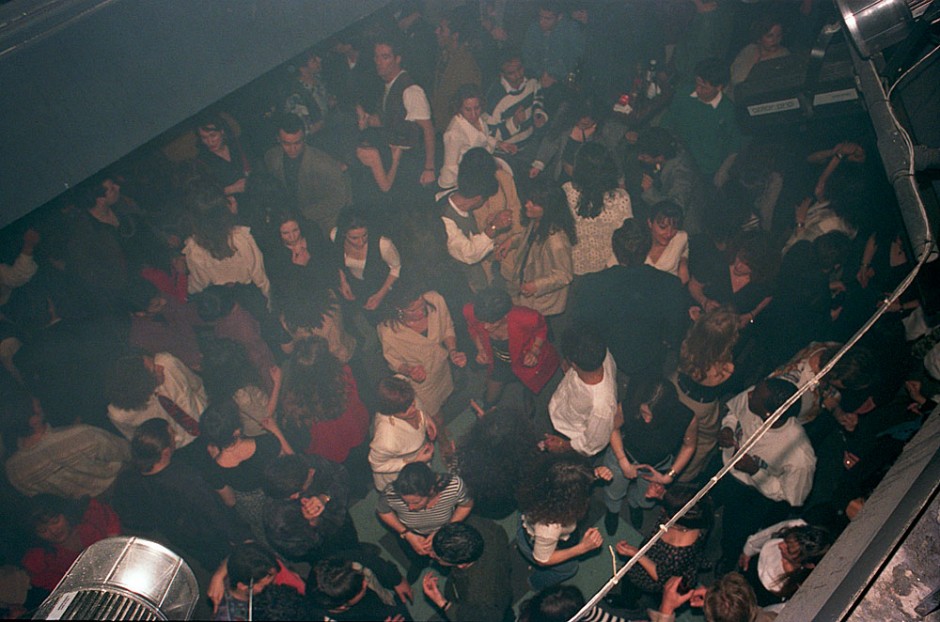
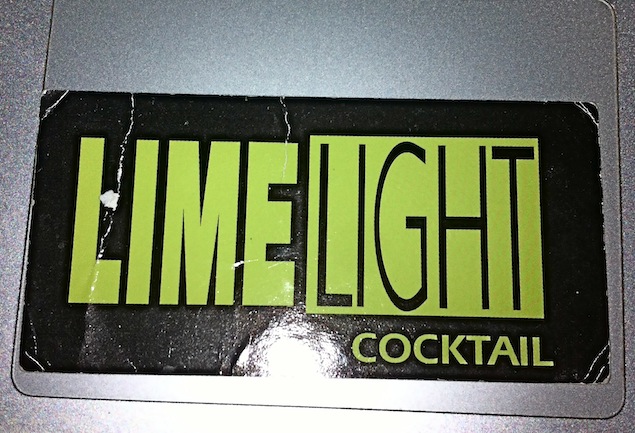
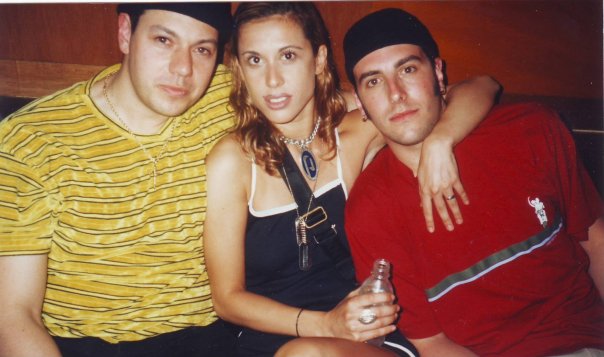

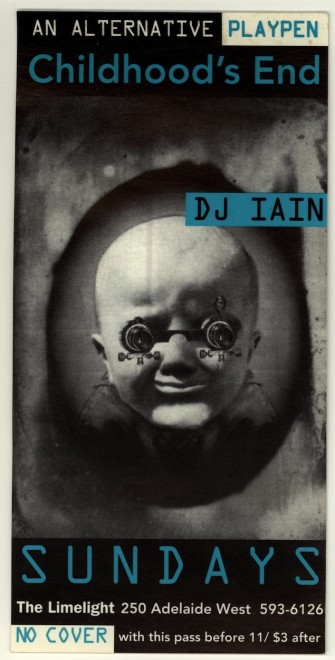
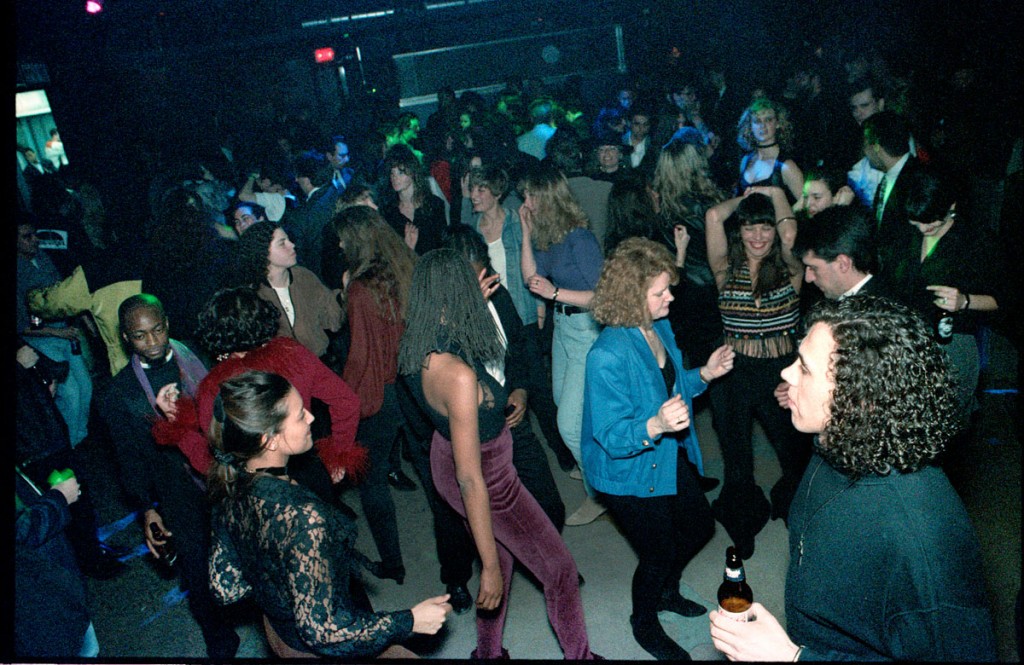
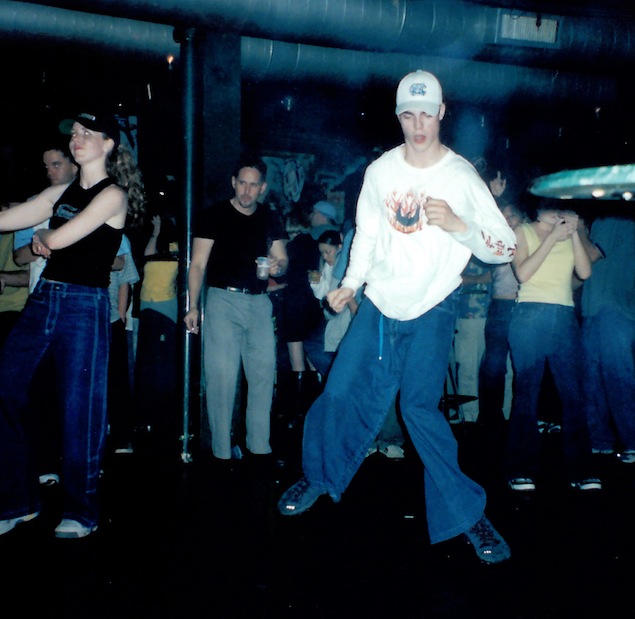
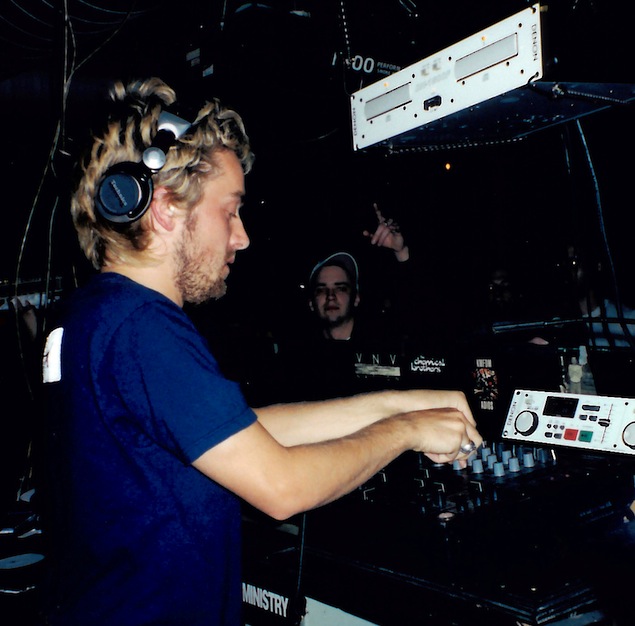
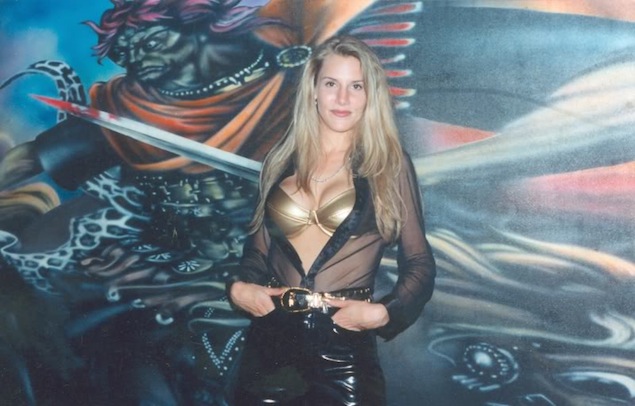
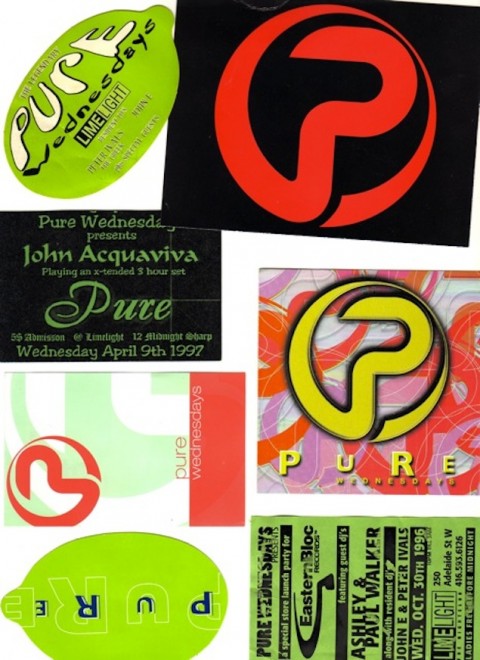

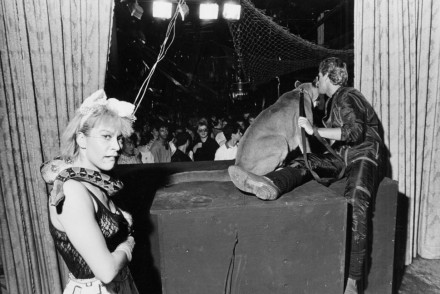
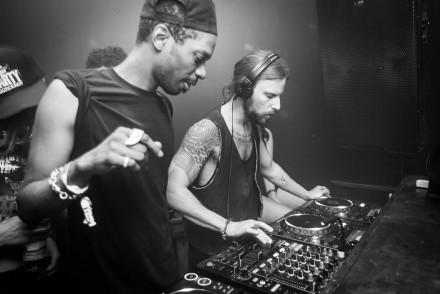

6 Comments
Come on, JP2, you’re contributing here long enough to know that you can’t post something like that. I don’t care from which horse’s mouth you got that particular story, the same rule applies – if it’s not reported publicly then it’s not to be broken as a story here. I would have thought that was clear by now. It’d help greatly, of course, if others didn’t post comments seeking to elicit this kind of inside information in the first place.
Hello I have skmething exciting to share! My parents used to go to the Limelight for Primal Vision Sundays all the time in the late 90s! Recently we found some old tapes that my Dad recorded from the Limelights live brodcasts on 100.7 from that time period. I along with my Dad are going to try and put these tape recordings on soundcloud for everyone to have a little flashback of what great music really is. My dad also has DJ Ians CD that he bought from him at the same time. It includes such artists like the Boomtang bkys and The Prodigy. Hopefully all goes well with these tapes and we can get them up. I’m sure for many of you it would be very exciting to here the old songs that were once played at the Lime light, DJ Ian’s voice again, and of course the Lime light ads.
Pictures of staff would be nice.
Doormen & the good looking cocktail girls……Gina the yummy blonde for example, would be nice to refresh golden memories of this little gem club of Toronto.
Sorry all.
The music was awesome but Dede was the reason I went there. We shared a lot of laughs, even more shooters and we snuck some kisses from time to time too. (Eat your heart out boys and girls) The management treated the patrons like kings and the sound system made my ears ring for days after. Looking back, I can honestly say that Dede made the club. Sorry Boris.
All comments in the string below have been republished from their original appearance on The Grid website. We’re including the readers’ comments as they add to these Then & Now stories. We look forward to reading new comments here as well.
Junction Girl
I had forgotten about Sundays at Limelight – I used to go all the time! Back then the indie/britpop kids shared a few club nights with the goth crowd, but I remember this being the biggest one. So we’d get our set, and then we’d stand on the sidelines while the goths did their interpretive moves to Bauhaus etc. 12:29 am on March 5, 2013
Darren
Not one reference to the nickname of Slimelight? That’s all anyone called it. 4:06 pm on January 7, 2013
ck
i love this series and the history of these places, awesome in depth story telling, keep it up! 11:43 am on July 30, 2012
Drew
Iain McPherson was one of my College profs during my years at Durham College. That guy is the man. Great guy. Used to tell me tales of the golden ages when he was doing the Atlantis parties and flying into sets dressed as Darth Vader, in a helicopter. Now every time I talk to him he is off in New Zealand or Africa or somewhere climbing a mountain or doing a 500km bike ride. Iain taught me countless lessons as a prof and a boss. Great to read some mention of him in the Toronto history books because he is a legend in my eyes. Great article Denise! Loved the one about System Soundbar as well. That was my era and I was sad to see it go. Keep em coming! Cheers, Drew 10:19 pm on July 27, 2012
AK
Loved hearing that booooooming system as you walked down the stairs into the club. Always got you into the right frame of mind on arrival. So many great Wednesdays there in the summer. Thx for posting the john e. mix Denise. 2:55 pm on July 27, 2012
lol….. nice who wrote this